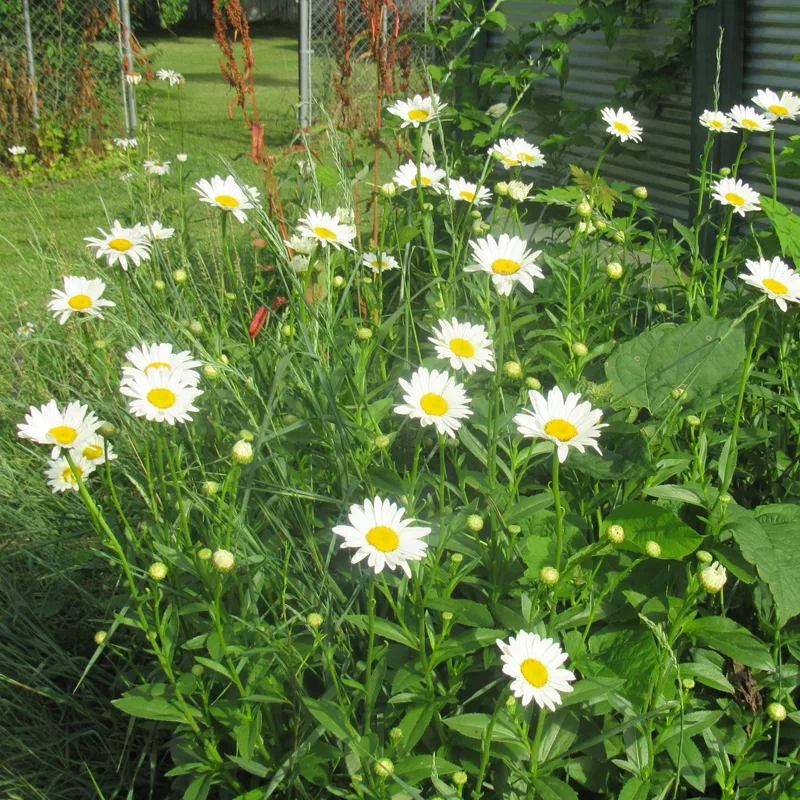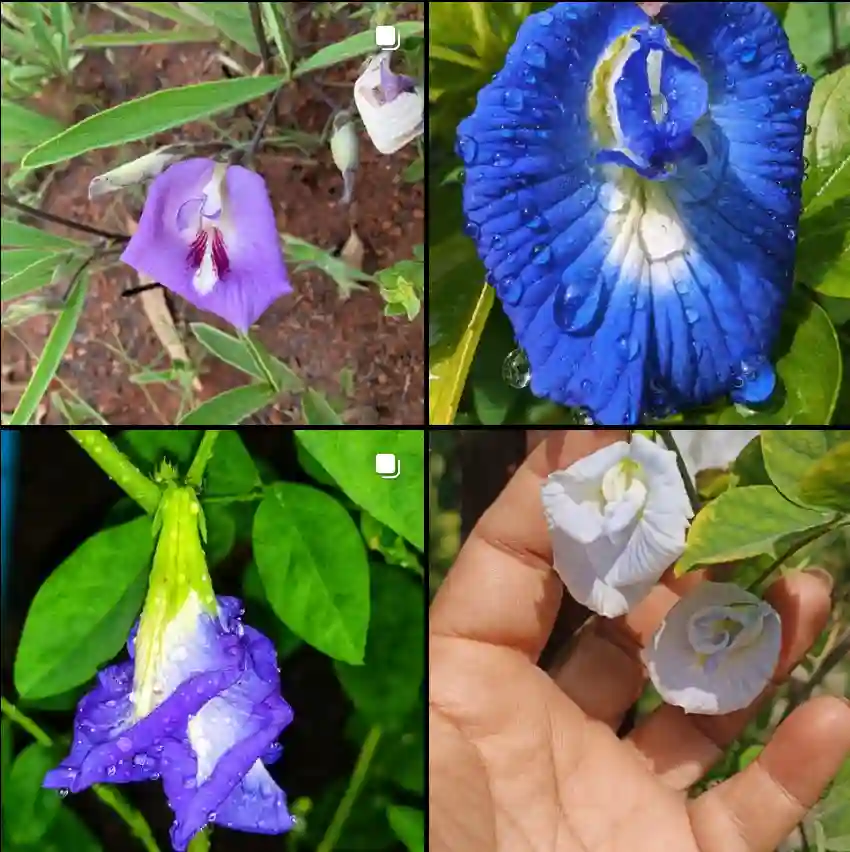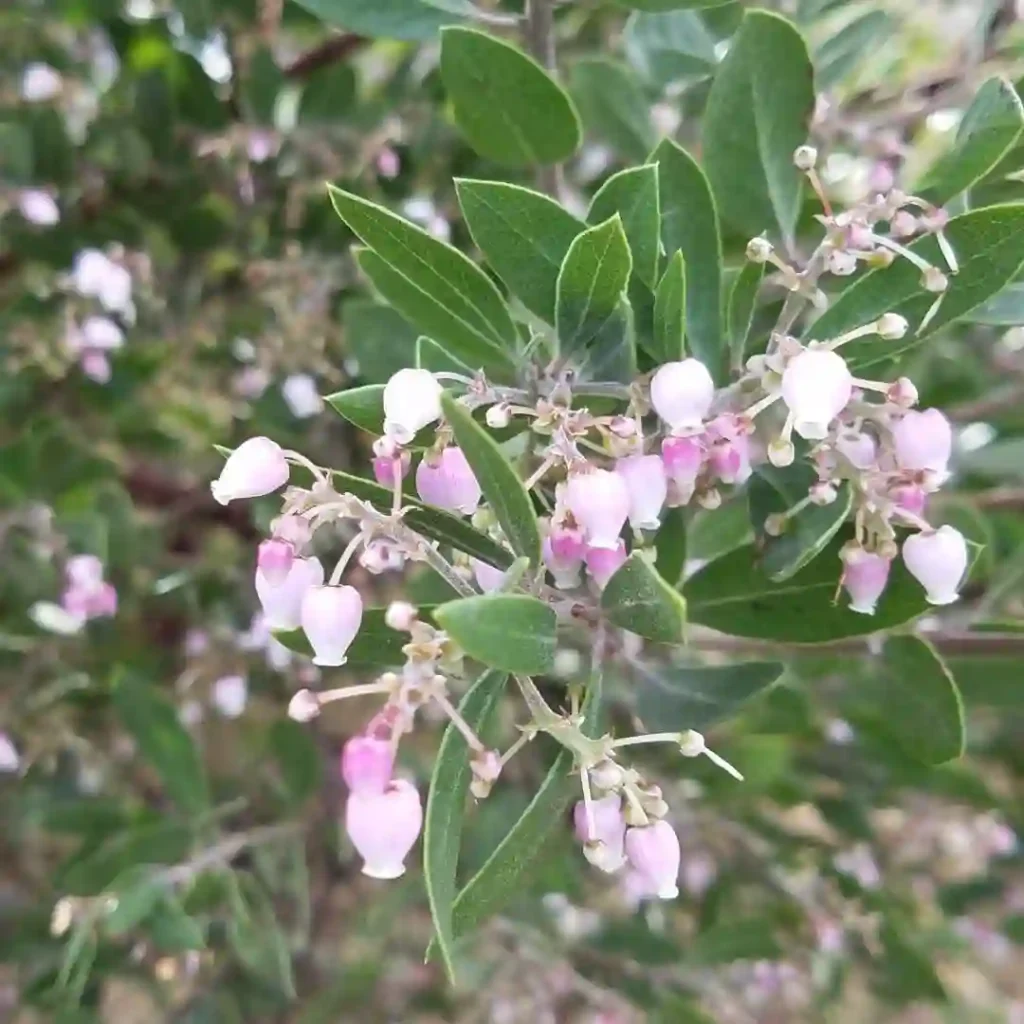What is Bigleaf Magnolia?
For years, I’ve been captivated by the grandeur of magnolia trees. Their large, glossy leaves and fragrant blooms always manage to steal the show in any landscape. But none hold a candle to the Bigleaf Magnolia (Magnolia Macrophylla). This native North American beauty boasts the title of the largest simple leaf and the biggest flower of any tree indigenous to the continent. Intrigued, I delved deeper into the world of Bigleaf Magnolias, and here’s what I discovered:
371 Species in Genus Magnolia
Umbrella Magnolia vs Bigleaf Magnolia
When I compare the Umbrella Magnolia to the Bigleaf Magnolia, I can’t help but notice how each brings a unique vibe to my garden. The Umbrella Magnolia’s large, clustered leaves create this tropical, almost exotic feel that I absolutely love. Its flowers are like something out of a dream, making me feel like I’m on a mini-vacation every time I walk past it. On the other hand, the Bigleaf Magnolia just wows me with its enormous leaves – they’re the largest of any tree in North America! When they fall, it feels like nature’s own art installation. Plus, the flowers are huge and have this subtle, sweet fragrance that adds an extra layer of enjoyment to my morning garden strolls.
Why is the Bigleaf Magnolia Important?
The Bigleaf Magnolia is more than just a pretty face. These giants play a crucial role in their ecosystem. Their large leaves provide valuable shade and shelter for wildlife. They also act as food sources for some insects, while their fragrant flowers attract pollinators like beetles and carrion flies. The Bigleaf Magnolia is a keystone species, meaning its presence helps maintain the health and diversity of the surrounding environment.
Are Bigleaf Magnolias Protected?
Unfortunately, despite their ecological importance, Bigleaf Magnolia populations are threatened in some areas. Their limited range and vulnerability to habitat loss and illegal collection have pushed them towards endangerment in states like Arkansas and Ohio. Thankfully, the International Union for the Conservation of Nature (IUCN) lists them as “Least Concern” overall. However, it’s still important to be a responsible plant parent and source your Bigleaf Magnolia from reputable nurseries that propagate them sustainably.
When Do Bigleaf Magnolias Bloom?
One of the most captivating aspects of the Bigleaf Magnolia is its stunning blooms. These fragrant, creamy white flowers can reach up to a foot in diameter and typically appear in late spring or early summer. The sight of a mature Bigleaf Magnolia in full bloom is truly breathtaking.
How to Grow a Bigleaf Magnolia?
If you have the space and live in the right climate (USDA hardiness zones 5-9), growing a Bigleaf Magnolia in your own backyard can be a rewarding experience. Here are some key things to consider:
- Light: Bigleaf Magnolias prefer full sun to partial shade.
- Soil: Well-drained, slightly acidic soil is ideal. Amend your soil with organic matter if necessary.
- Watering: Water your Bigleaf Magnolia regularly, especially during its first few years. However, avoid waterlogged conditions.
- Fertilizing: A balanced fertilizer applied in early spring can be beneficial.
How to Care for a Bigleaf Magnolia?
Once established, Bigleaf Magnolias are relatively low-maintenance trees. However, here are some additional tips for keeping your Bigleaf Magnolia happy and healthy:
- Pruning: Prune young trees for desired shape if needed. However, avoid heavy pruning on mature trees.
- Mulching: Apply a layer of mulch around the base of the tree to retain moisture and suppress weeds.
What is Making My Bigleaf Magnolia Drop Its Leaves?
Several factors can contribute to leaf drop in Bigleaf Magnolias. Here are some possibilities:
- Underwatering: During hot and dry periods, inadequate watering can cause leaves to drop prematurely.
- Overwatering: Waterlogged soil can stress the roots and lead to leaf loss.
- Nutrient deficiency: A lack of essential nutrients can also cause leaf drop.
- Fungal diseases: Fungal diseases like anthracnose or leaf spot can cause leaves to develop brown spots and eventually fall.
What Kind of Diseases Can Affect a Bigleaf Magnolia?
While generally disease-resistant, Bigleaf Magnolias can be susceptible to a few fungal diseases like anthracnose and leaf spot. These diseases manifest as brown spots on the leaves. If you suspect a fungal infection, consult a certified arborist for proper diagnosis and treatment recommendations.
How to Propagate a Bigleaf Magnolia?
Propagating a Bigleaf Magnolia can be challenging but rewarding. Here are two methods you can try:
- Seed propagation: This method requires patience, as it can take several years for seedlings to reach maturity.
- Softwood cuttings: Take softwood cuttings in early summer and follow proper propagation techniques to increase the chances of success.
Where to Buy a Bigleaf Magnolia Tree?
When purchasing a Bigleaf Magnolia, choose a reputable nursery that specializes in native plants. This will ensure you’re getting a healthy tree that’s been propagated sustainably.
What to Plant With a Bigleaf Magnolia?
Due to its large size, Bigleaf Magnolias are best suited as specimen trees. However, you can underplant them with shade-tolerant perennials or small shrubs like ferns, hostas, and azaleas.
By following these tips, you can enjoy the beauty and grandeur of a Bigleaf Magnolia in your own backyard for generations to come. Remember, these majestic trees take time to mature, so be patient and watch them slowly transform your landscape into a showstopping showstopping oasis. The glossy foliage provides a dramatic backdrop for colorful flowers throughout the season, while the fragrant blooms will fill your summer evenings with a delightful aroma. Imagine relaxing under the shade of this magnificent giant, its large leaves filtering the sunlight and creating a peaceful sanctuary in your own garden. With proper care and patience, a Bigleaf Magnolia can become a treasured heirloom, leaving a lasting legacy for you and your family.
If i die, water my plants!



